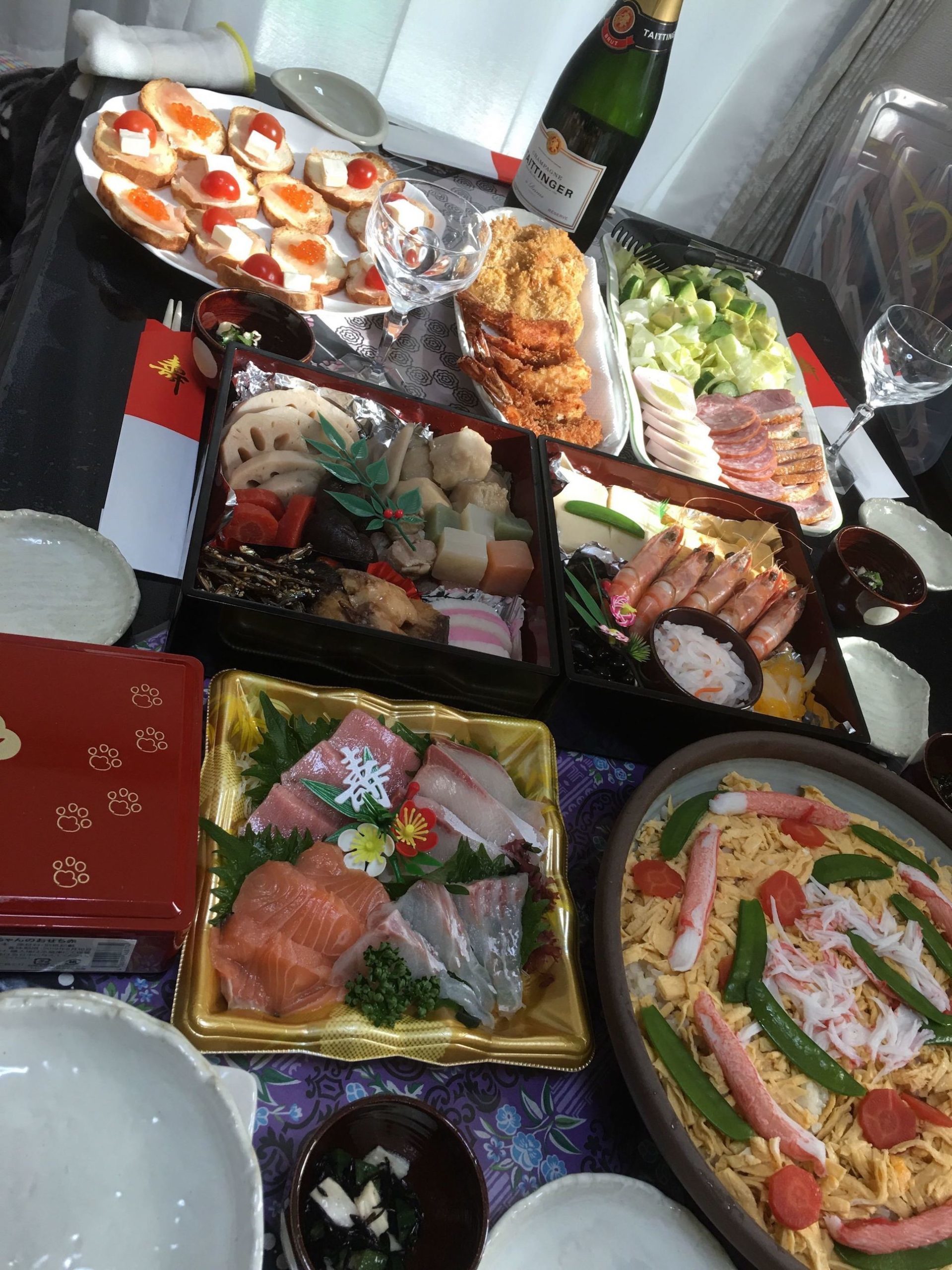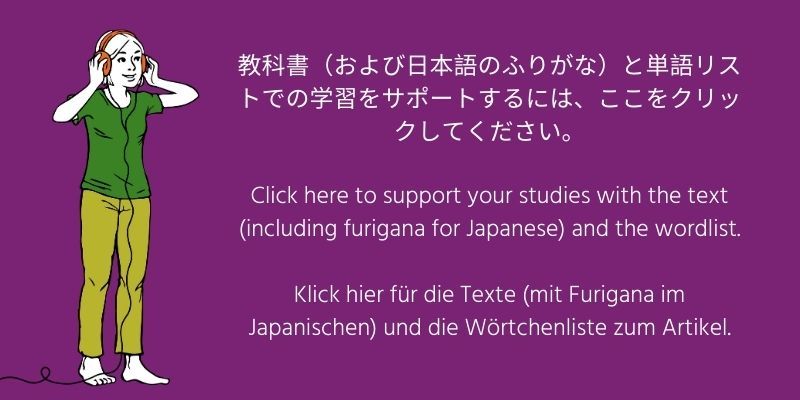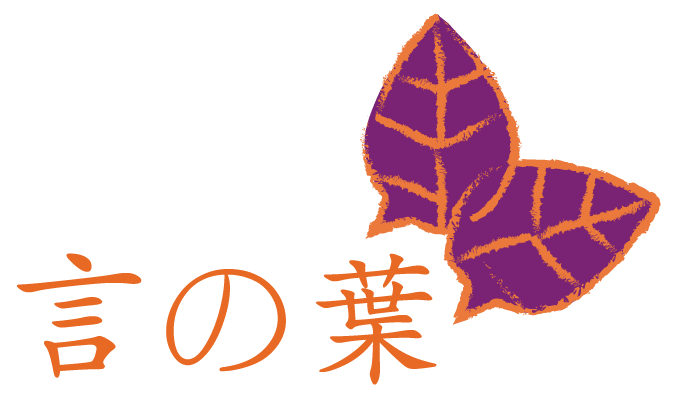It is said, that the New Year God brings good luck for the new year on «Ganjitsu», January 1st. For the gods to find each house easily, Kadomatsu decorations are displayed in front of the house and Osechi dishes are eaten.
Children receive money - Otoshidama - from parents, relatives and acquaintances.
Most people spend New Year's Eve with their family. It is a ritual in Japan to do «Oosouji»; when at the end of the year, everything is cleaned and tidied up for the new year.
The adults, as well as the children, clean their parents' houses.
On New Year's Day, January 1st, everyone wears nice clothes and the family prepares the Osechi dishes together with their grandma, grandpa, aunts, uncles and cousins.
Kadomatsu
These are mainly made of pine and bamboo and are a symbol of longevity.
The «Kadomatsu» on the photo on the left is very nice and noble. It makes it easier for the New Year god to find the house.
Osechi dishes
These are New Year's dishes. Every dish has a meaning. And everything is delicious. : ) Below are two photos of Rika’s New Year’s dishes.
Akemashite omedetōgozaimasu
Perhaps some of you have heard it before.
This is a New Year’s greeting that is exchanged with everyone.
«Akemashite» has two meanings:
1. The sun has risen, it is getting light, morning is coming.
2. It means that time has passed and the next status has been reached.
«Omedetō» means congratulations. We wish you good luck and satisfaction for the new year.
This is a greeting for people who meet on New Year's Day or who are meeting for the first time in the new year. Akemashite Omedetōgozaimasu. May this year be a good year for everyone.







